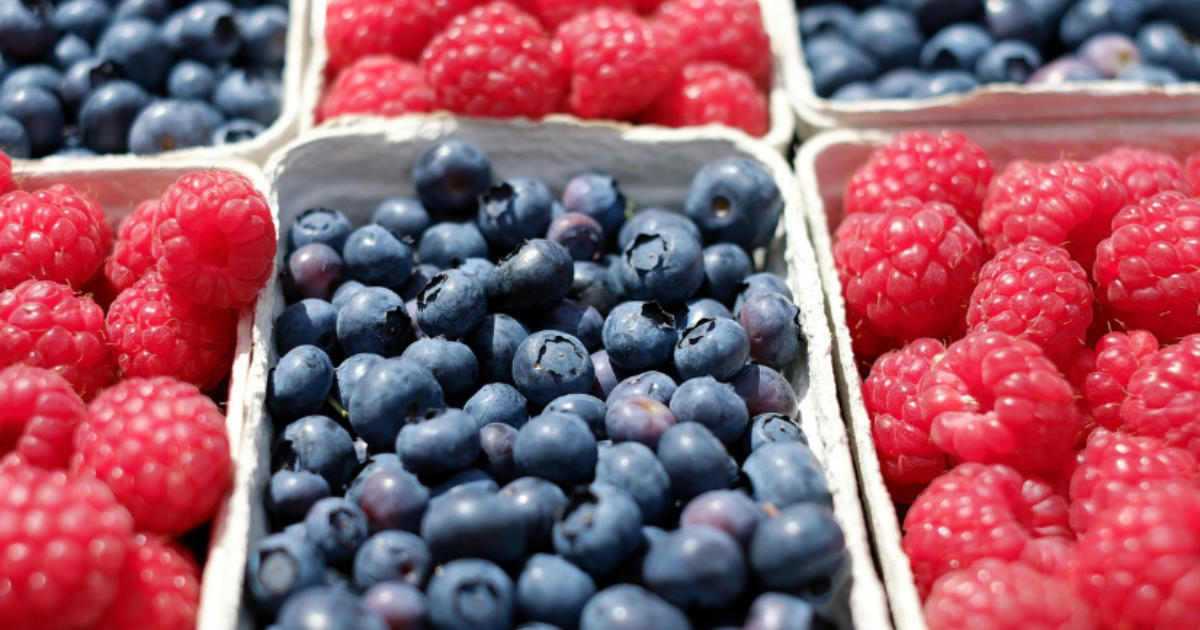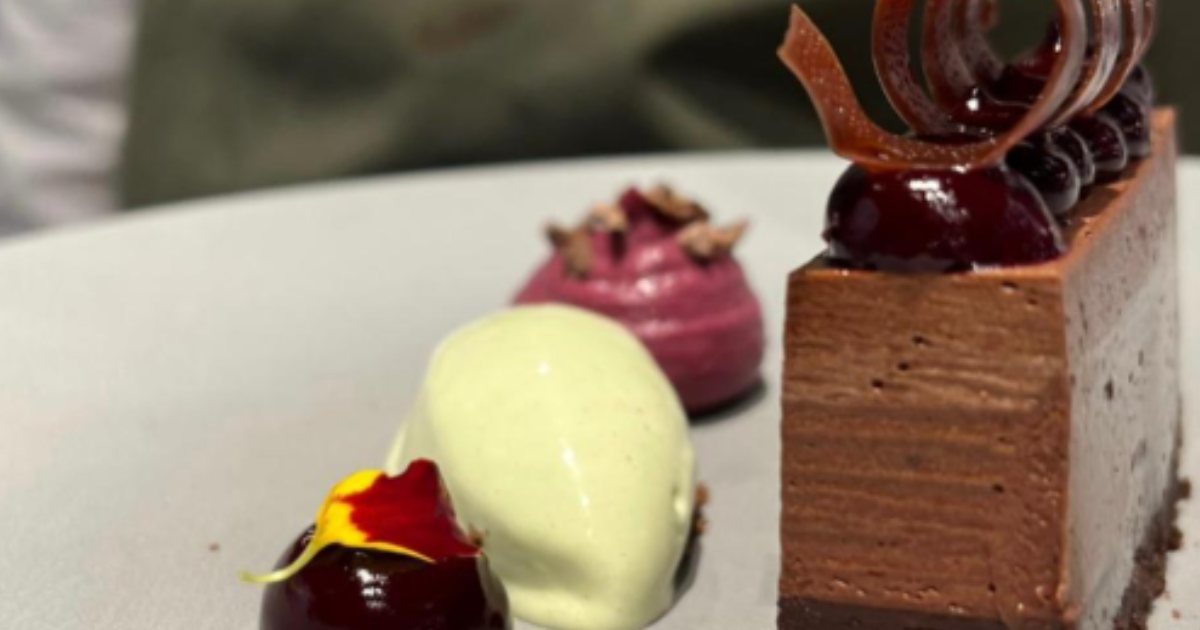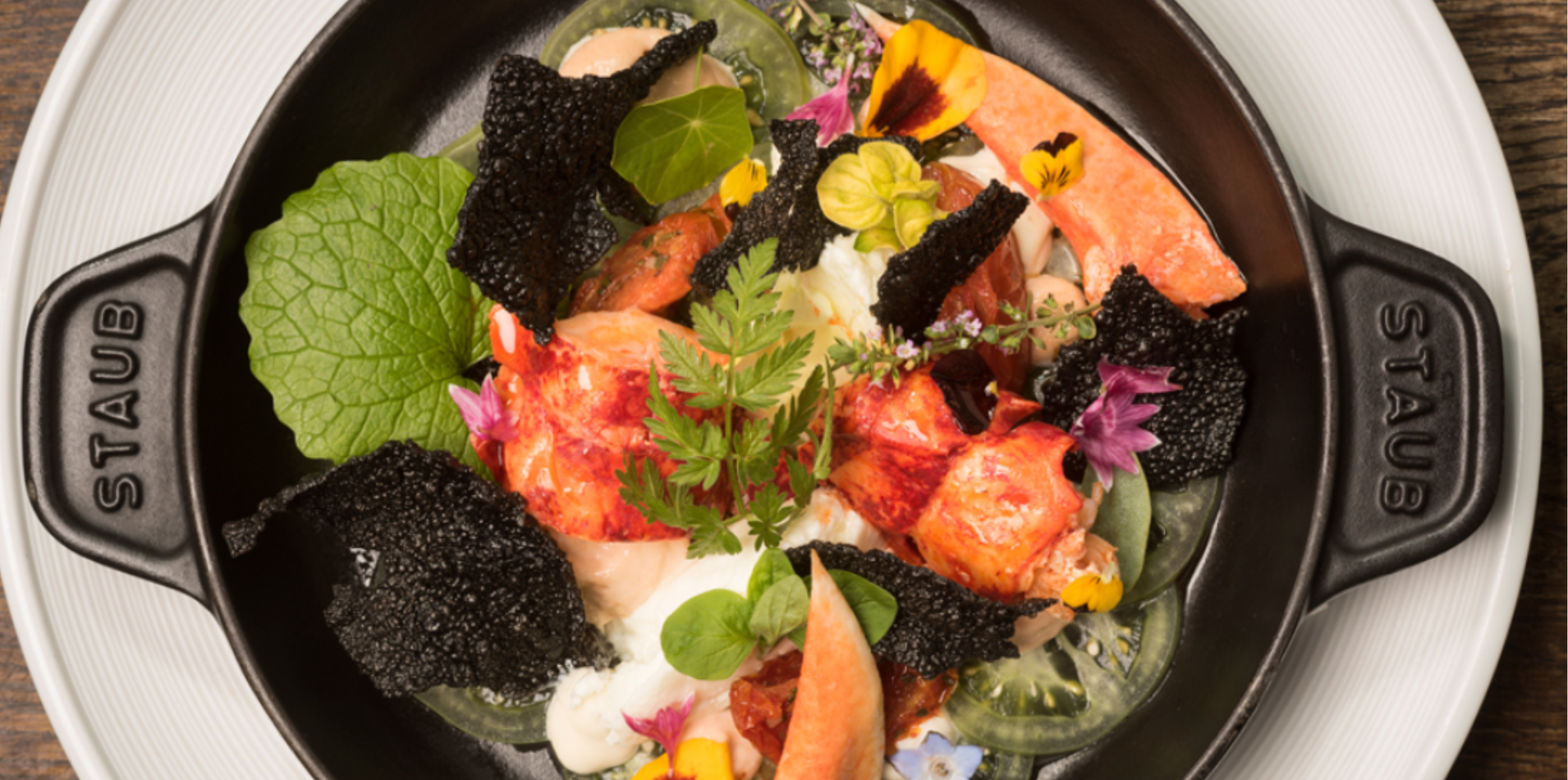August seasonal update

August is a generous month for British kitchens. Late-summer sunshine ensures that homegrown produce continues to thrive, while the first signs of the seasonal shift begin to creep in.
Courgettes, tomatoes, and soft fruits are still in abundance, with new-season apples and pears starting to arrive. It’s the perfect time to champion UK growers, get creative with preserves, and plan ahead for autumn menus.

This is also the time when kitchens look at balancing freshness with foresight. With so much available, chefs are taking the opportunity to preserve, pickle, ferment and cure. Courgettes, tomatoes, and stone fruits are being turned into sauces, chutneys, and compotes that will stretch well into the colder months - ensuring summer’s peak can be felt long after the sun sets earlier.
Seasonal Fruit
British-grown fruit is at its peak, offering variety, flavour and freshness across the board.
Still abundant:
-
Blackberries
-
Raspberries
-
Redcurrants
-
Gooseberries
Try this Blackberry and Chocolate Mousse Cake recipe from Nathan Strachan.

-
Victoria plums, greengages, damsons, cherries
Coming in now:
-
Discovery apples and early-season pears
-
English-grown peaches and apricots (limited but notable)
Soft fruits are ideal for quick desserts, while stone fruits lend themselves to roasting, pickling or pairing with game and pork as we approach the turn of the season.
Seasonal Vegetables and Salad
Late summer vegetables are at their most colourful and flavourful.
-
Courgettes, aubergines, peppers, tomatoes, cucumbers
-
Sweetcorn, broad beans, peas, kohlrabi
-
Beetroots

(golden and red), heritage carrots, fennel
-
Rocket, watercress, cos lettuce, little gem
-
Radishes, baby turnips, nasturtium leaves
-
Fresh herbs in abundance: basil, tarragon, dill, chervil.
Try this Whitby Lobster with Cod Roe Pâté, Lowna Dairy Goat’s Curd and Squid Ink Crackers, Soft Herbs recipe from Andrew Pern.

Salad leaves continue to perform well. Rocket, watercress, and cos lettuce are still coming through in good volume, although quality can be variable if prolonged heat affects the crop. Nasturtium leaves and edible flowers are abundant, giving chefs scope for vibrant, seasonal plating.
Late August is also the time to experiment with fermented or pickled vegetables, preserving the best of summer for the months ahead.
International Produce
European growers continue to supplement UK supply with high-quality seasonal fruit:
-
Spanish figs, French melons and Italian nectarines are all excellent
-
Egyptian mangoes and Chilean blueberries also offer value and consistency
Use international fruit to complement British produce in salads, cocktails, and desserts.
August remains one of the most generous and colourful months in the culinary calendar. With peak fruit, vibrant vegetables, and consistent growing conditions, it’s a time for showcasing ingredients at their best. While heat stress may begin to impact a few delicate items, the market remains strong overall.
Are you using any of these seasonal ingredients in your menus? Upload your pics and recipes to our Chef+ mobile app!


The Staff Canteen has always been more than a website—it’s a community, built by and for hospitality. We share the wins, the challenges, the graft, and the inspiration that keeps kitchens alive.
We believe in staying open to everyone, but creating this content takes real resources. If you’ve ever found value here—whether it’s a recipe, an interview, or a laugh when you needed it most—consider giving just £3 to keep it going.
A little from you keeps this space free for all. Let’s keep lifting the industry, together.



















